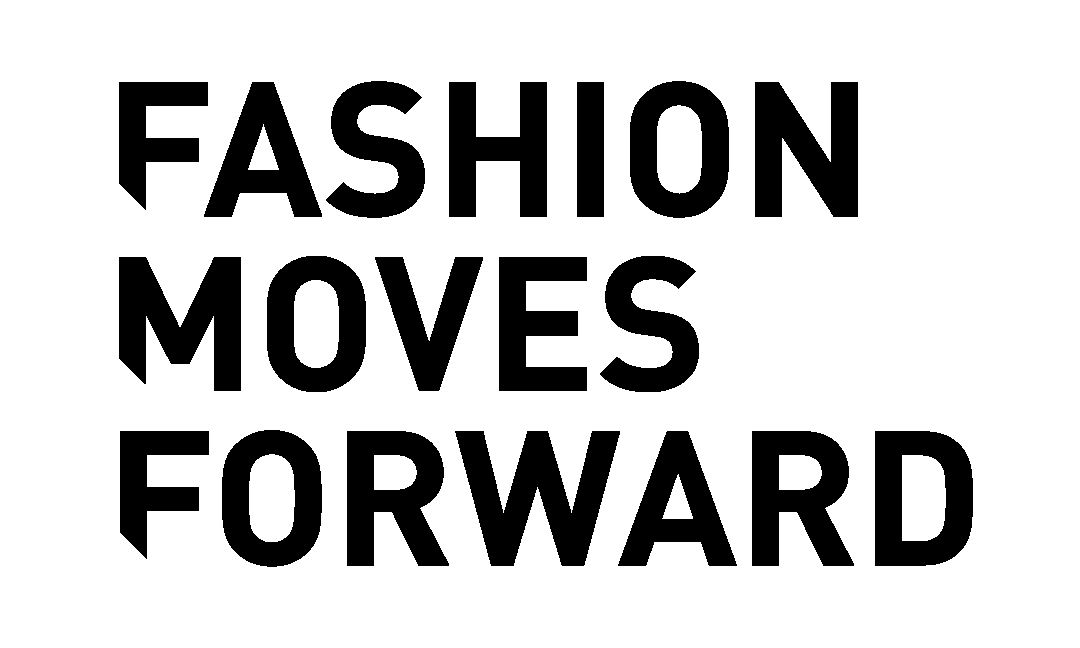Mr. Saturday: An Interview with Joey Gollish
A month ago, the FMF team was in Paris for the S/S20 market week- this included multiple shows, presentations, and showroom appointments. While the week was dominated by the bigger houses such as Louis Vuitton, Dior, and Celine to name a few- we carved out time to check out a few up and coming brand's showrooms on our Paris tour. One of which was Mr.Saturday, a Toronto-based label founded by Joey Gollish in 2017. As the name somewhat suggests, Mr. Saturday is a brand that is inspired by the studies between nightlife subcultures to the societies it has coherently affected. The references are seemingly endless- from 60’s drug culture to 70's Parisian nightclub photos- Mr. Saturday offers a playful rawness to something familiar to us as a culture. We recently sat down with founder and designer, Joey Gollish to get an in-depth look at his brand's beginnings and collection inspirations for F/W 19 as well as S/S20. Be sure to read to the full interview below.
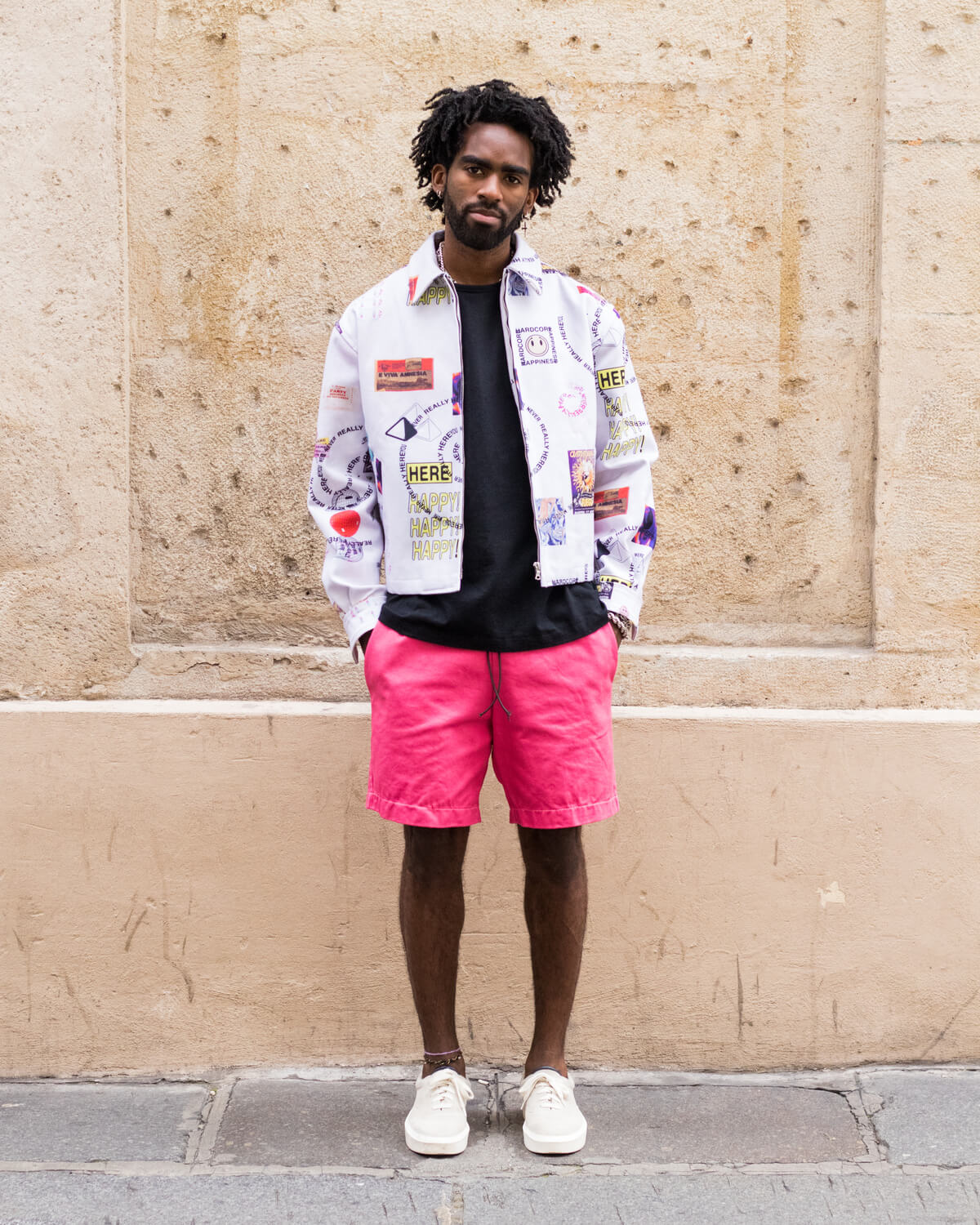
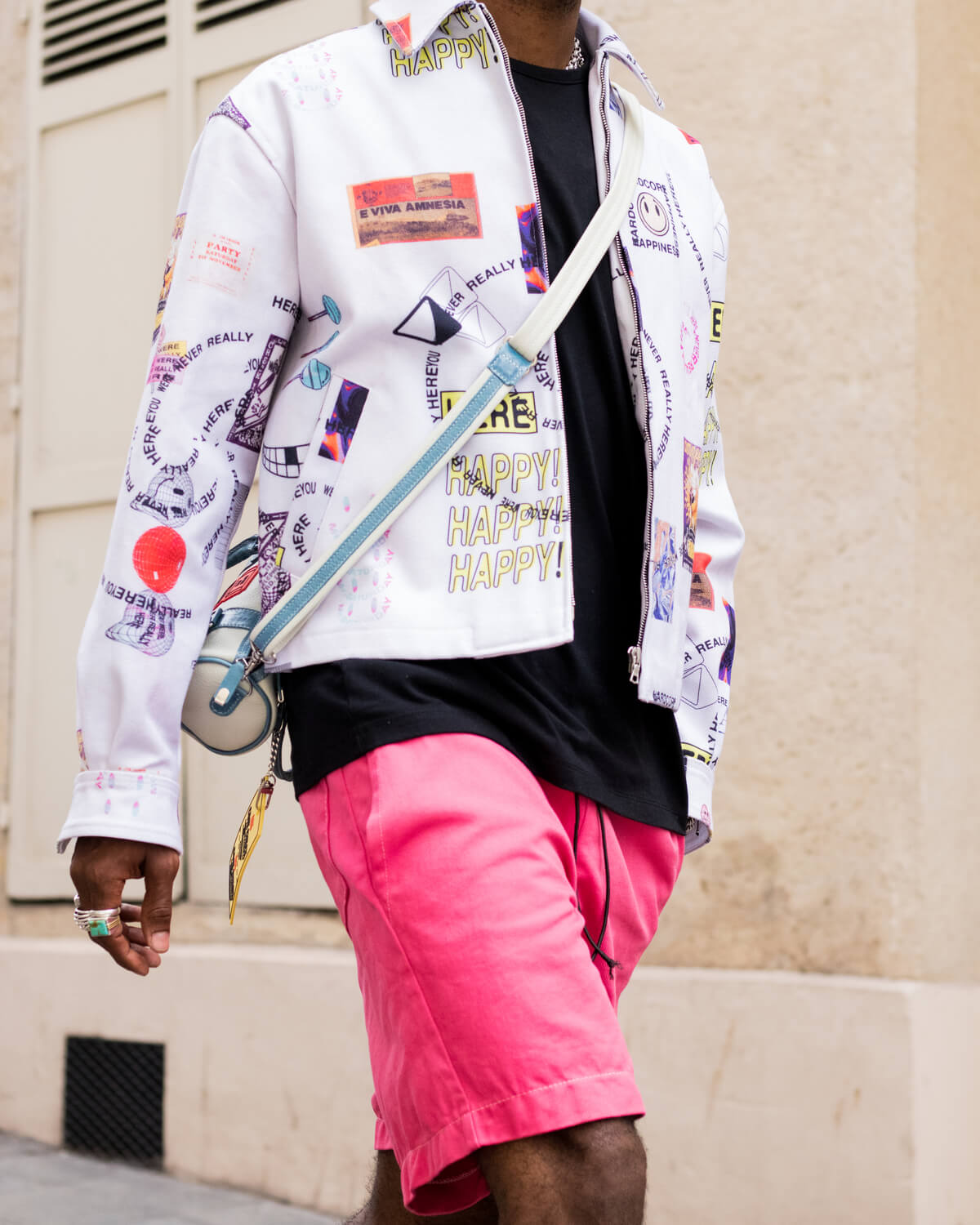
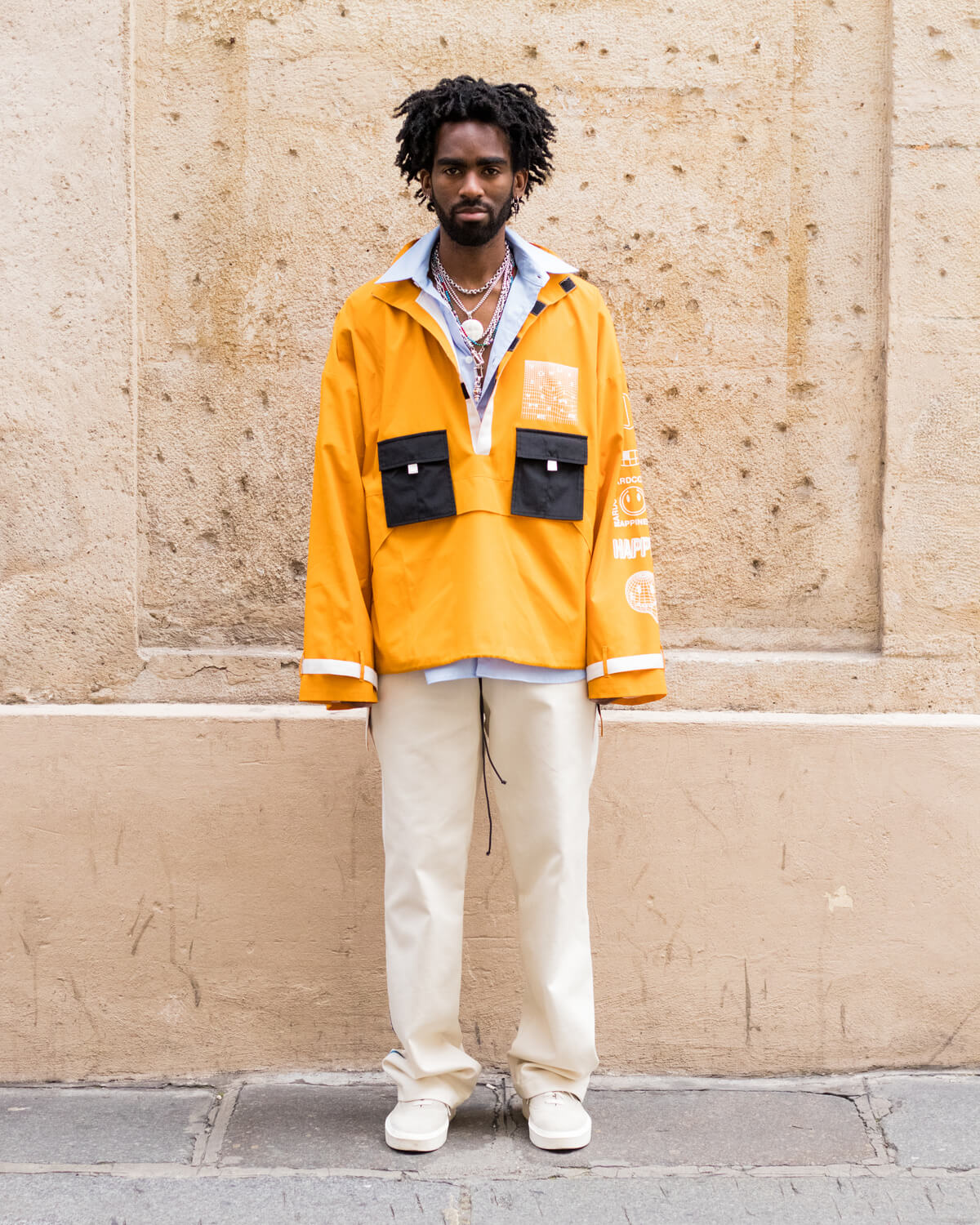
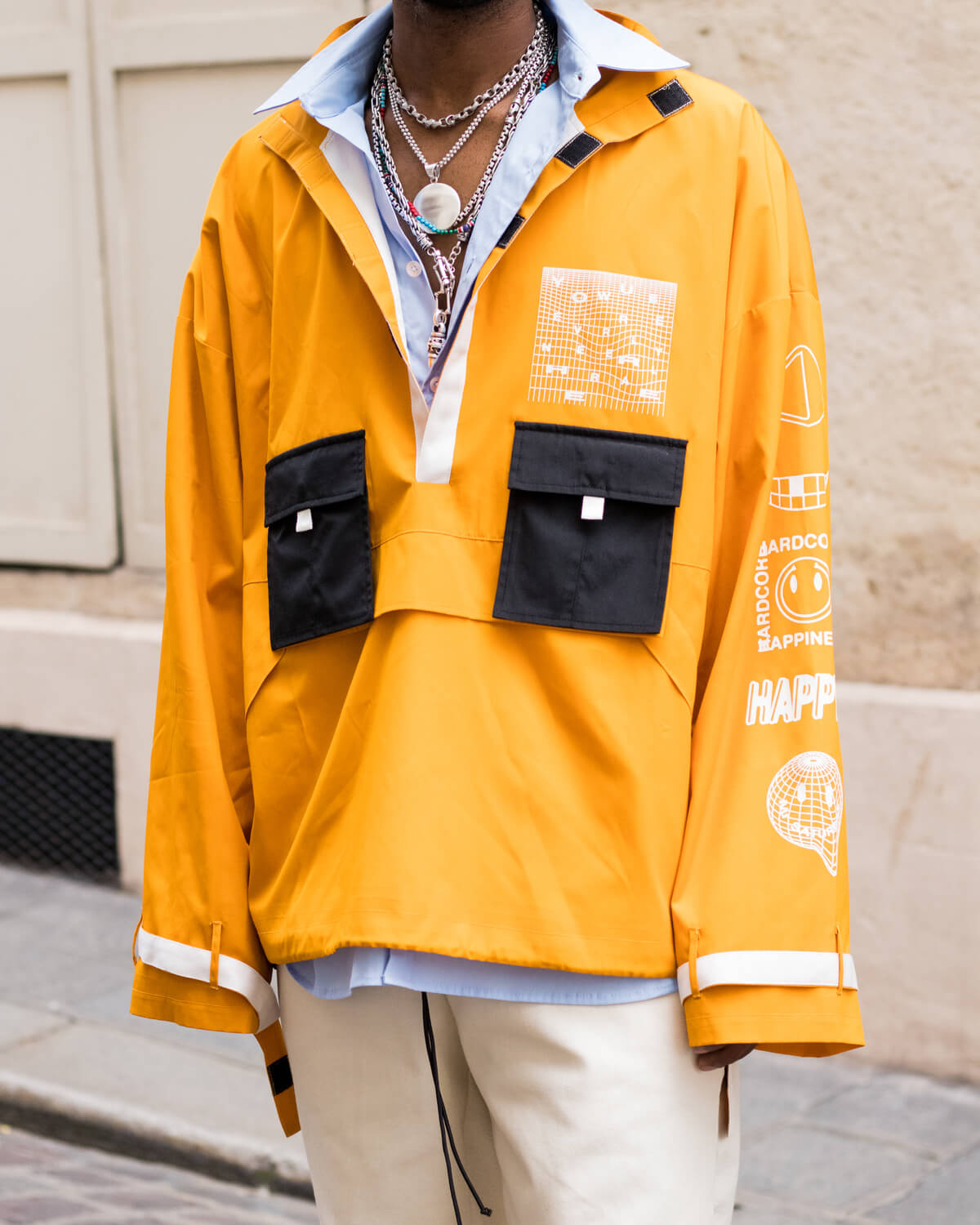
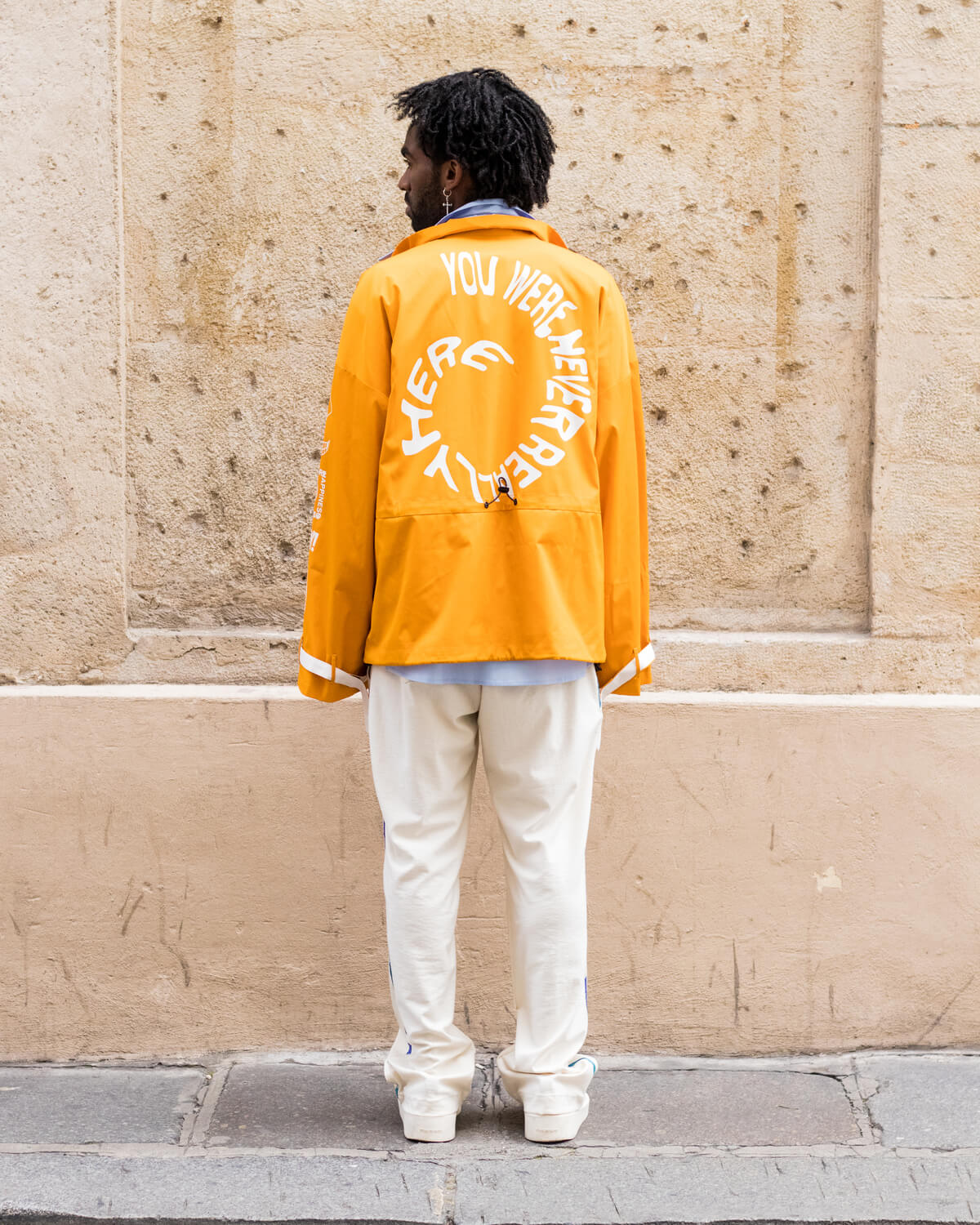
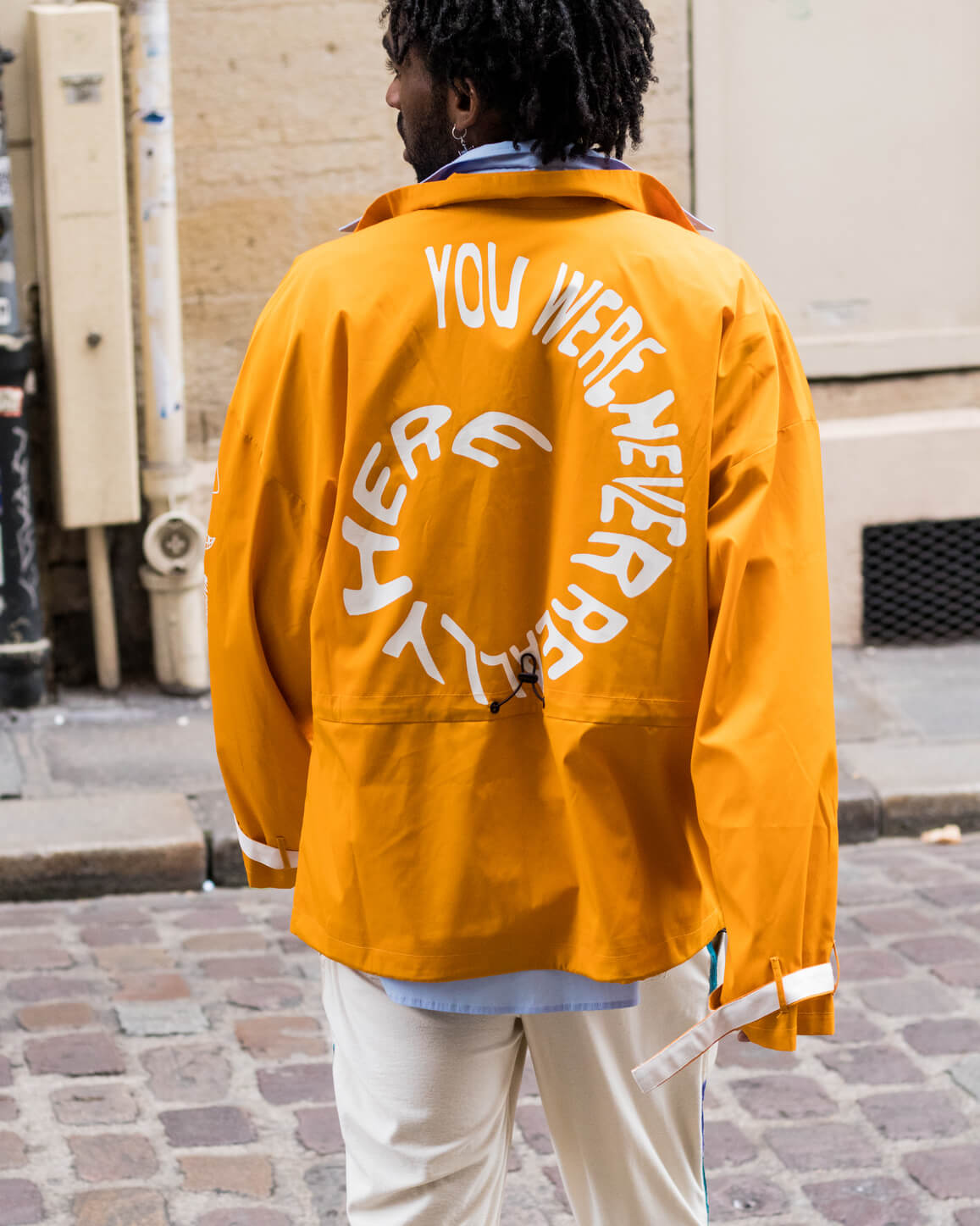
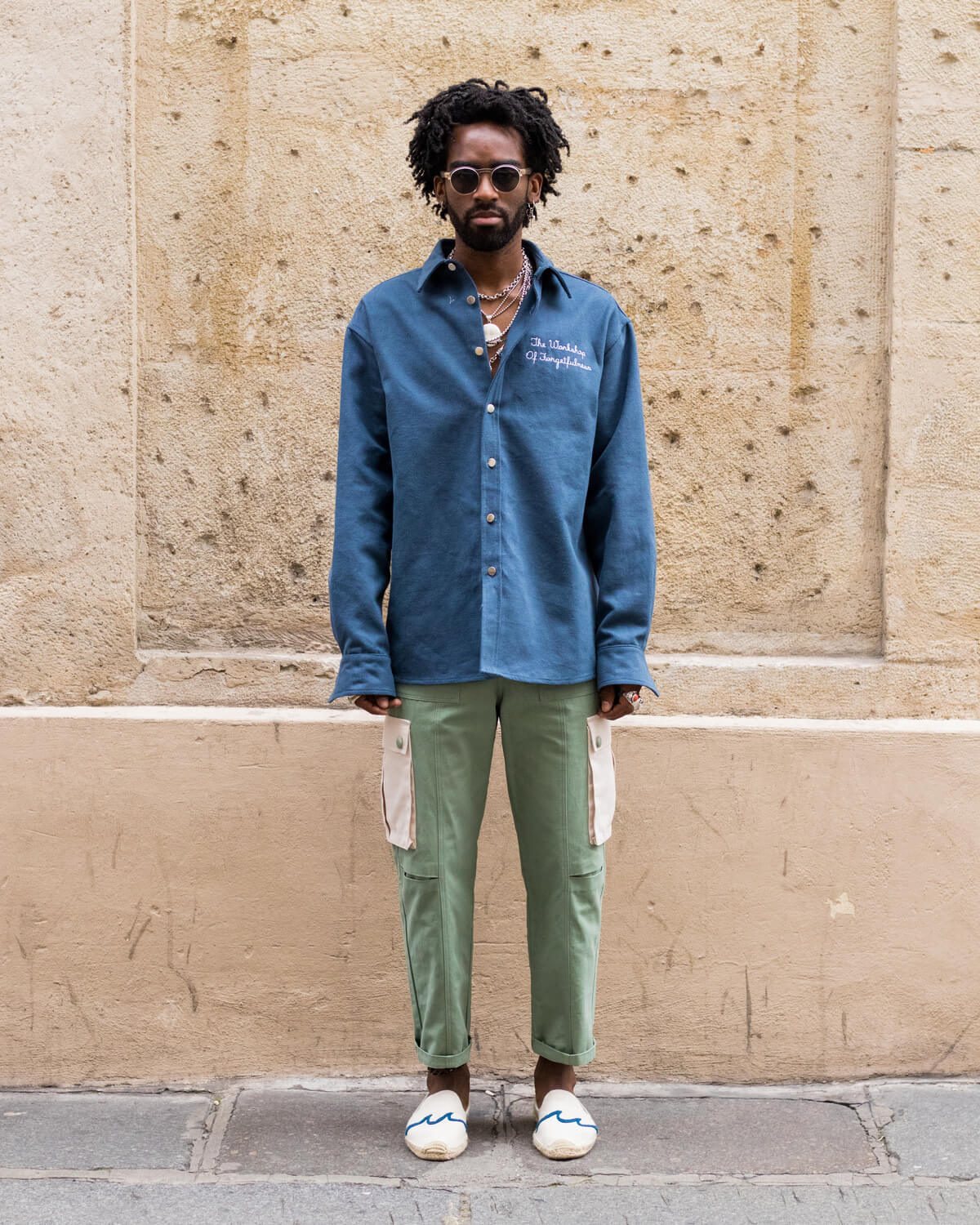
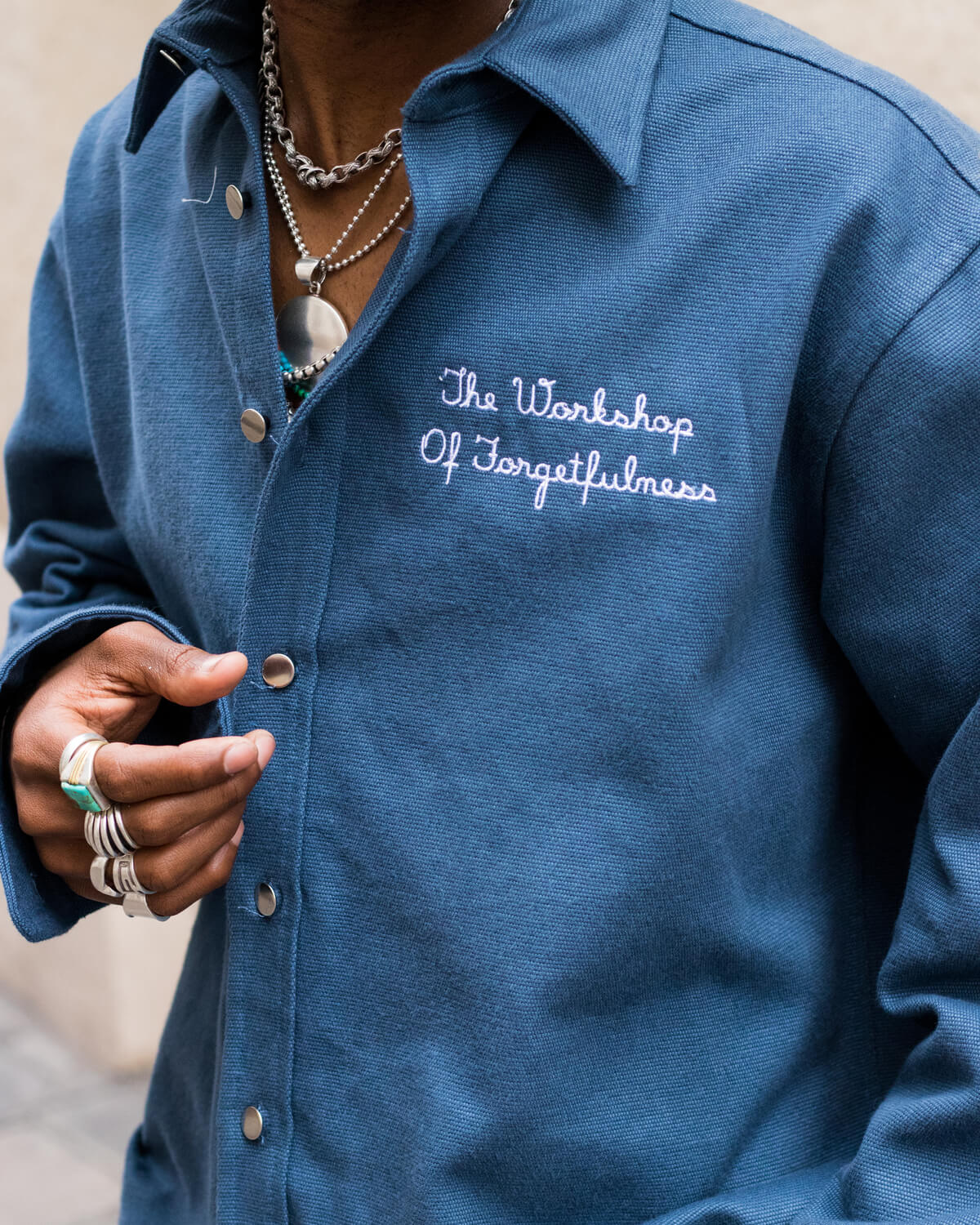
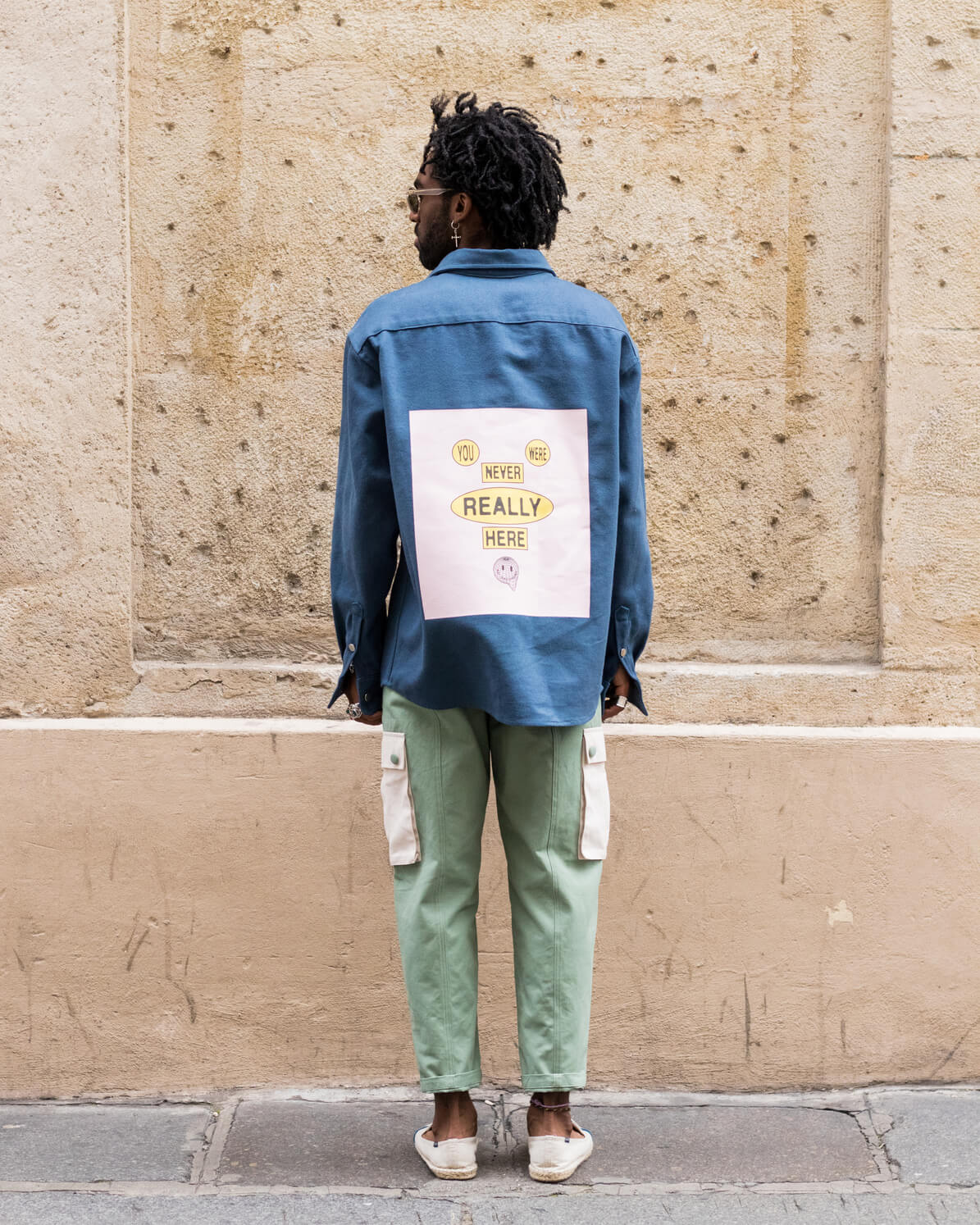
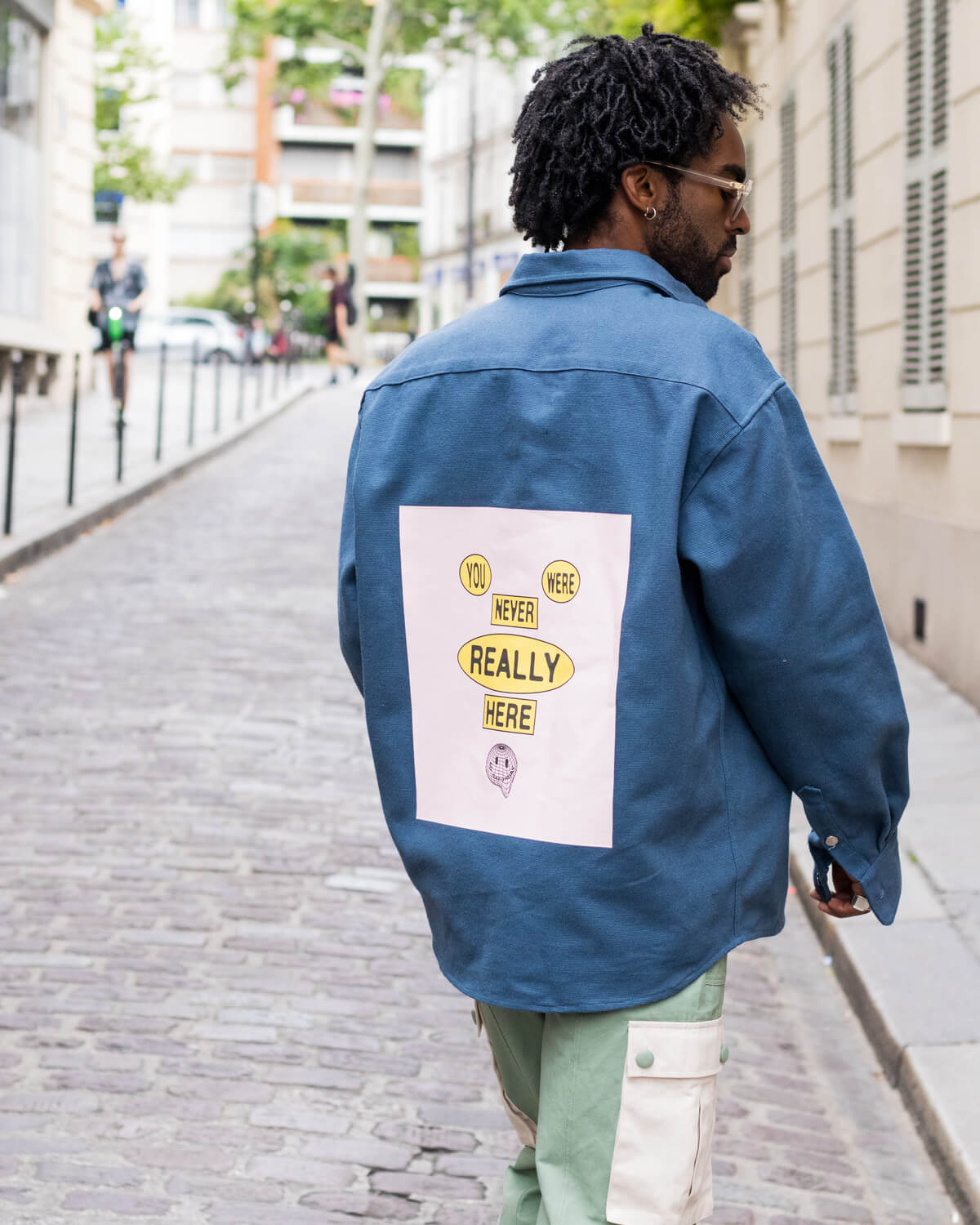

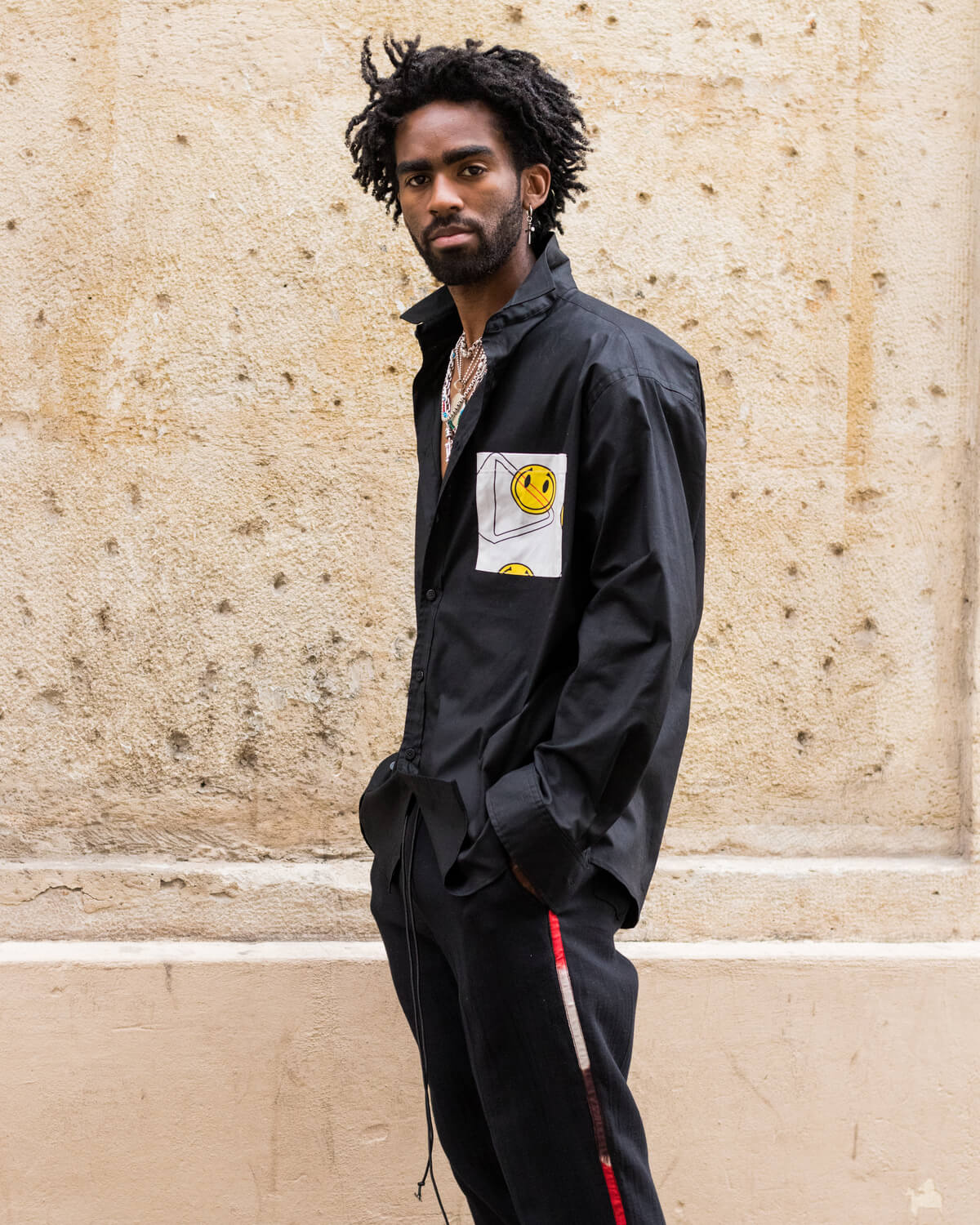
To begin, what is your background, and what was the genesis for your brand, Mr. Saturday?
“I’m born and raised in Toronto. I was supposed to be a doctor or a lawyer, but decided to take my own path (so millennial right?). After school, I started a software company with a friend, but the long hours and lack of creativity made me super unhappy. Somewhere during that time I started making clothing for myself and some friends. In January of 2017 I left that company to take some time off, throw parties, and make clothes. It was around then that Mr. Saturday was born, but it wasn’t until the beginning of 2018 that I started to take this seriously.”
What was the initial inspiration and references for Mr.Saturday?
“Mr. Saturday is born from nightlife subculture. Initially all of our inspiration was born from Ken Kesey’s magic trip and the start of the acid movement. As we’ve evolved, so have our references. Now, we focus on exploring the connection between specific histories in nightlife subculture, and today’s society.”
Le Palace and similar clubs seem to play a large role in the branding and design - can you tell us more about those references?
“Our FW19 season is focused on Le Palace, between 1978-1983. It was Paris’ response to Studio 54, but became so much more. It was a place of open and free-flowing sexuality, class mixing, and experimentation - it celebrated the art and beauty in all it’s forms. Without places like this, we wouldn’t have the (relatively) open culture we enjoy today. In general, the beginnings of new waves in culture start in clubs (or the nightlife counterparts, afterparties, apartments, etc.), which are safe havens for marginalized groups/people, and spread from there.”
How has being from/located in Toronto affected your brand and design ethos?
“Toronto is an interesting microcosm of culture. I think until super recently we’ve been fighting for our own voice and validation as a city. Now we’ve got the spotlight. We’ve always been producing really high level artists, and now we’re able to reach a global audience. Fall in Toronto is hugely inspiring, the energy is amazing - I’d definitely suggest a visit.”
Your SS20 collection featured in your Paris Showroom features a variety of smiley faces, tie-dye, antique tribal prints, and unique washes - what is the background for some of theses design elements?
“‘You Were Never Really Here’ our SS20 collection is about Amnesia Ibiza in 1987 and the start of the acid house movement. Smiley faces, tie dye, DIY culture are all super popping right now, and I feel like not a lot of people know where that comes from. You can pinpoint the modern use of the smiley face to a single club poster, and that’s super cool. The whole idea is a range of pieces and fabrics to take you through a night, to 5am on the beach in Ibiza, and then nursing a hangover by the pool the next day. It’s a take on rave wear meets elegance, because they both come from the same place.”
What other brands or people have inspired you as of late?
“I’ve always been super inspired by writers, like Ken Kesey, Kurt Vonnegut Jr., Hemingway, Hunter S. Thompson - they create worlds, mostly absurd ones, and you buy into it. I’ve always found that fascinating.”
What are your thoughts on the current state of men's fashion?
“It’s a dichotomy for sure. There’s so much going on that there’s space for people like me, and simultaneously there are brands popping up everyday for no reason other than cashing in on clout or trying to create it. I don’t really see that as positive or negative, just the current state. The market is also growing so much, you can actually have a real market share as an emerging menswear designer, which definitely wasn’t the case just a little while ago. The number of ideas floating around is super inspiring, and that’s what I try to focus on.”
What is your go-to uniform, or pieces you tend to wear most on a day-to-day basis?
“I’m a bit all over the place. Right now wearing a vintage denim overshirt, a (real) Grateful dead tour t, vintage Levis, and red Converse high tops. Yesterday I was wearing all black, patched nylon pants from our FW19 collection a GGIT’s (shoutout dead dilly) long sleeve, and a cross body. It sort of depends on which version of me wakes up, or how I want to feel, that day.”
What are some of your potential plans for 2019 going into 2020?
“We’re working on a series of events and special releases from now through September. We’re also exploring the possibility of a runway presentation that showcases all of our collections to date. Personally, I’ve been working out of HXOUSE a lot lately and designing a lot of merchandise/product for musicians and artists that I love (can’t tell you who yet), so I’m super excited to see that come out.”
Lastly, what advice would you give to aspiring designers/brand owners?
“Build a pure narrative and a network of friends. Be true, go out into the world and meet people, take risks, love everything, have fun :) ”
